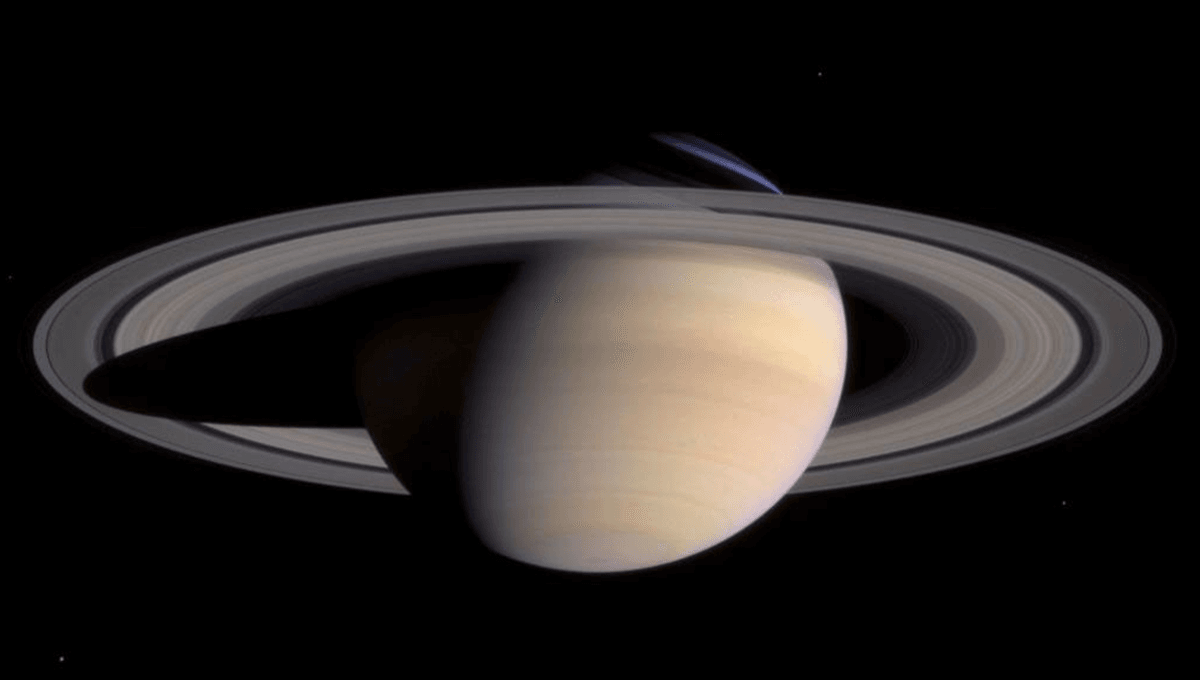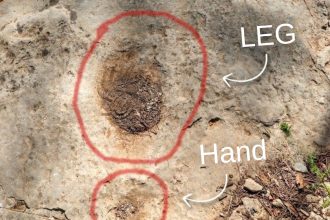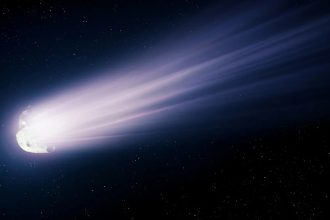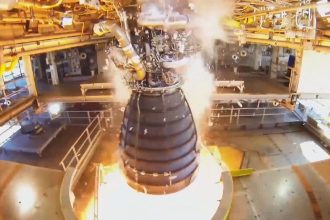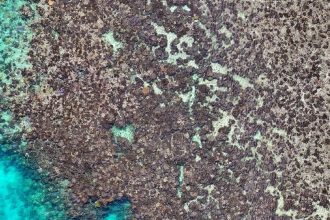Astronomers at the Planetary Virtual Observatory and Laboratory (PVOL) are calling for assistance following an image taken by NASA’s Mario Rana, which appears to show an object colliding with Saturn.
As a gas giant, Saturn, much like Jupiter, is expected to have its share of asteroid impacts due to its massive size. However, unlike terrestrial planets that typically show clear craters post-impact, the gaseous composition of giants like Saturn makes identifying evidence of collisions more challenging. Its outer layers are mostly made up of hydrogen and helium, causing any signs of an impact to potentially vanish.
Research into the impact rates on Saturn has attempted to quantify how often these events occur. One recent estimate indicated a frequency of impacts from objects larger than one kilometer at approximately 3.2 × 10−3 per year, translating to about one event every 3,125 years. Smaller impacts, however, are believed to be more frequent, with data from the Cassini spacecraft revealing the presence of ripples in Saturn’s rings that indicate such events.
In a statement from 2013, Linda Spilker, Cassini project scientist at NASA’s Jet Propulsion Laboratory, noted, “These new results imply the current-day impact rates for small particles at Saturn are about the same as those at Earth – two very different neighborhoods in our Solar System – and this is exciting to see. It took Saturn’s rings acting like a giant meteoroid detector – 100 times the surface area of the Earth – and Cassini’s long-term tour of the Saturn system to address this question.”
Despite impacts being relatively routine—about 8,000 meteorites reach Earth annually—there has never been a documented observation of an object striking Saturn. That may have changed on Saturday, July 5, when Mario Rana’s capture potentially recorded an impact, which has now been submitted to PVOL.
The bright flash visible on the left side of the image resembles an impact event, similar to those observed on Jupiter. Nevertheless, confirmation is necessary, and PVOL is requesting additional observations from that morning to corroborate or deny the occurrence.
According to PVOL, “Marc Delcroix reports a potential impact in Saturn captured in a few frames in a video observation obtained by Mario Rana. The potential impact would be very faint and is unconfirmed. The very short impact flash occurred on Saturn on July 5th 2025, between 09:00 and 09:15 UT. It is very important to get other videos of Saturn taken during that time frame.”
Astronomers who obtained observations during that period are encouraged to reach out to Delcroix to share their findings. With hope for further data emerging from Saturday’s observations, the scientific community anticipates clarifying whether this presents the first-ever documented impact on the gas giant Saturn.







